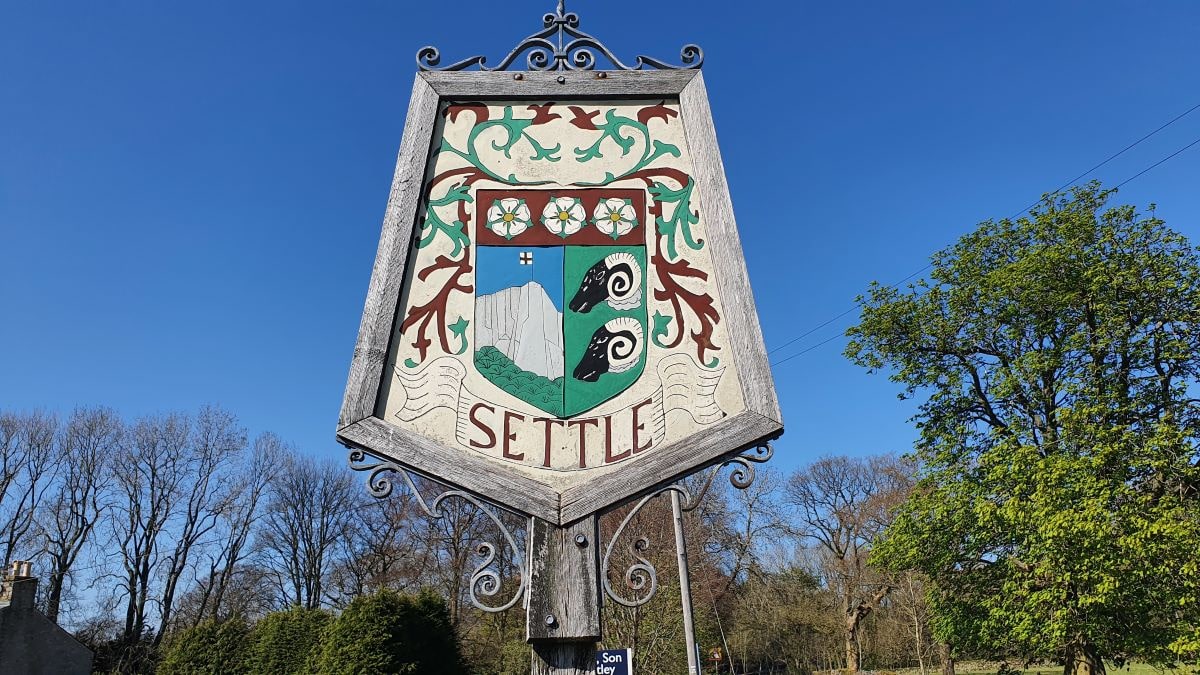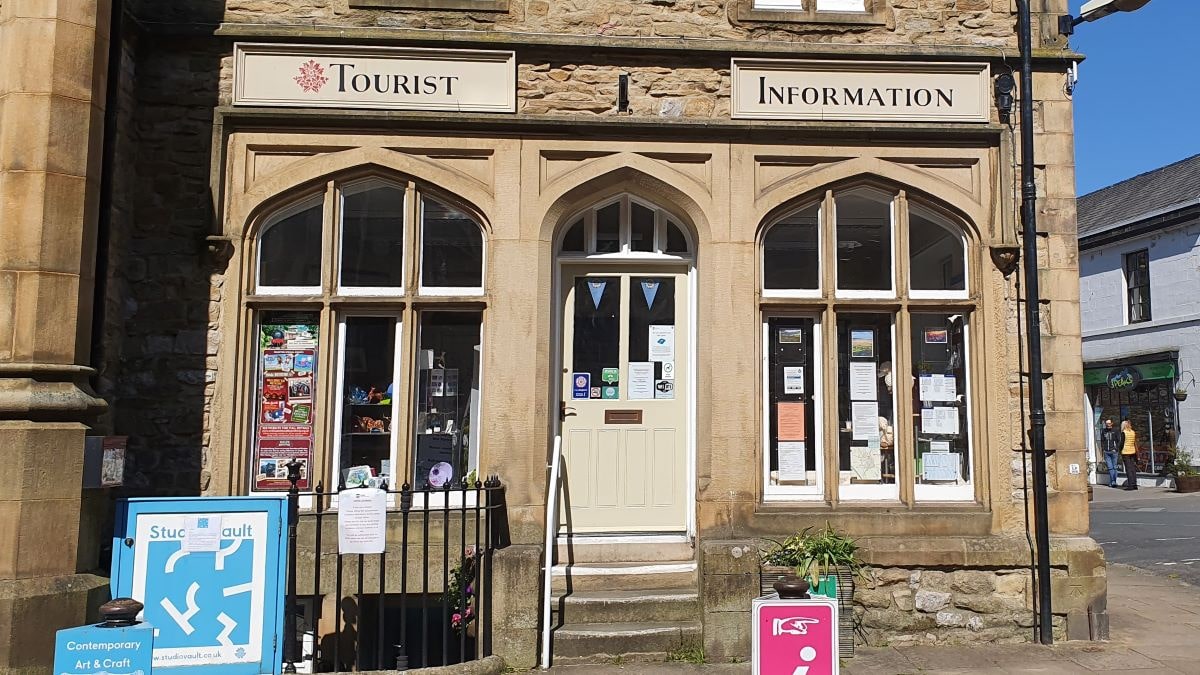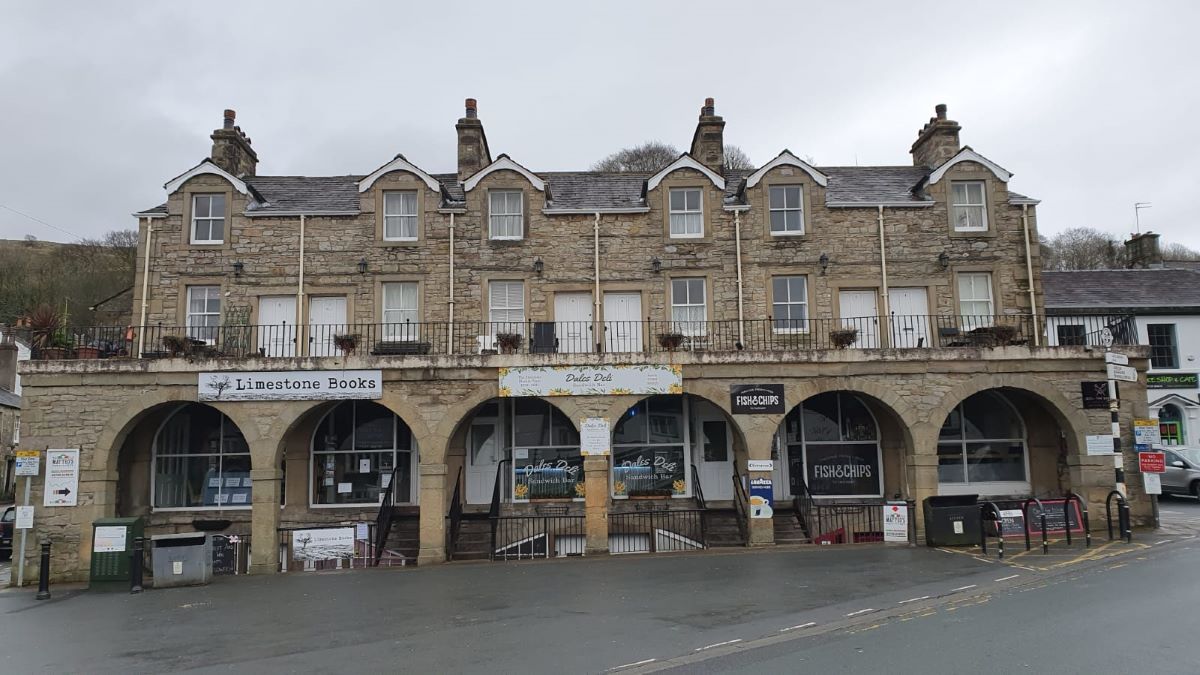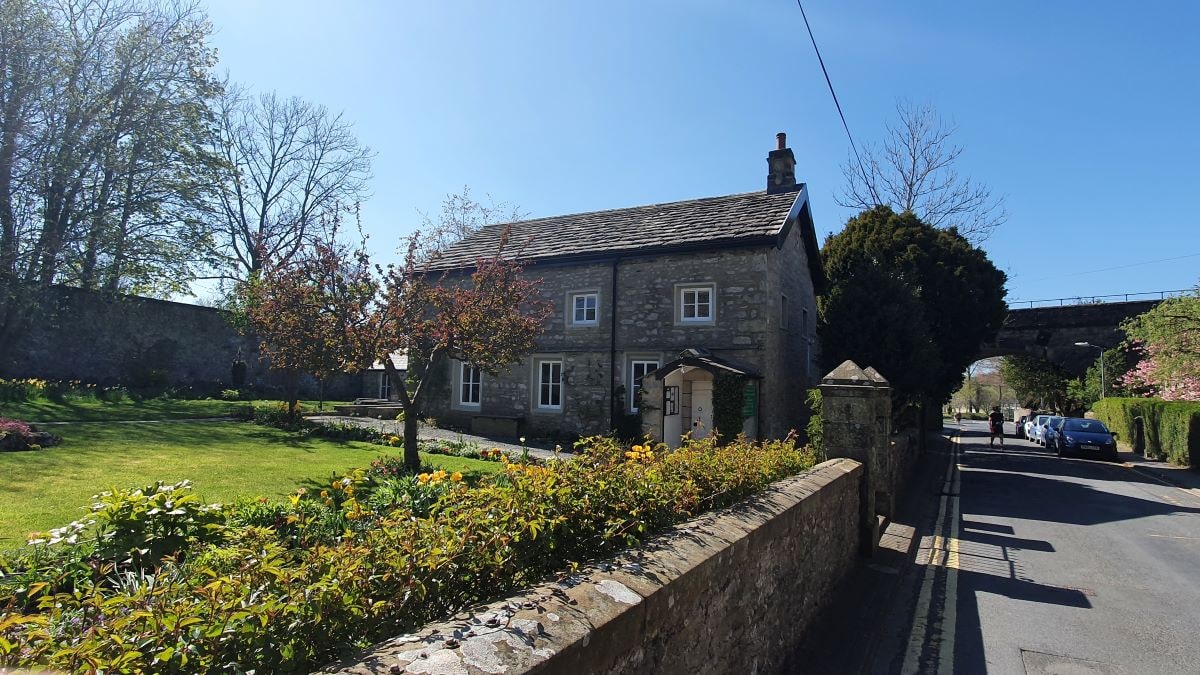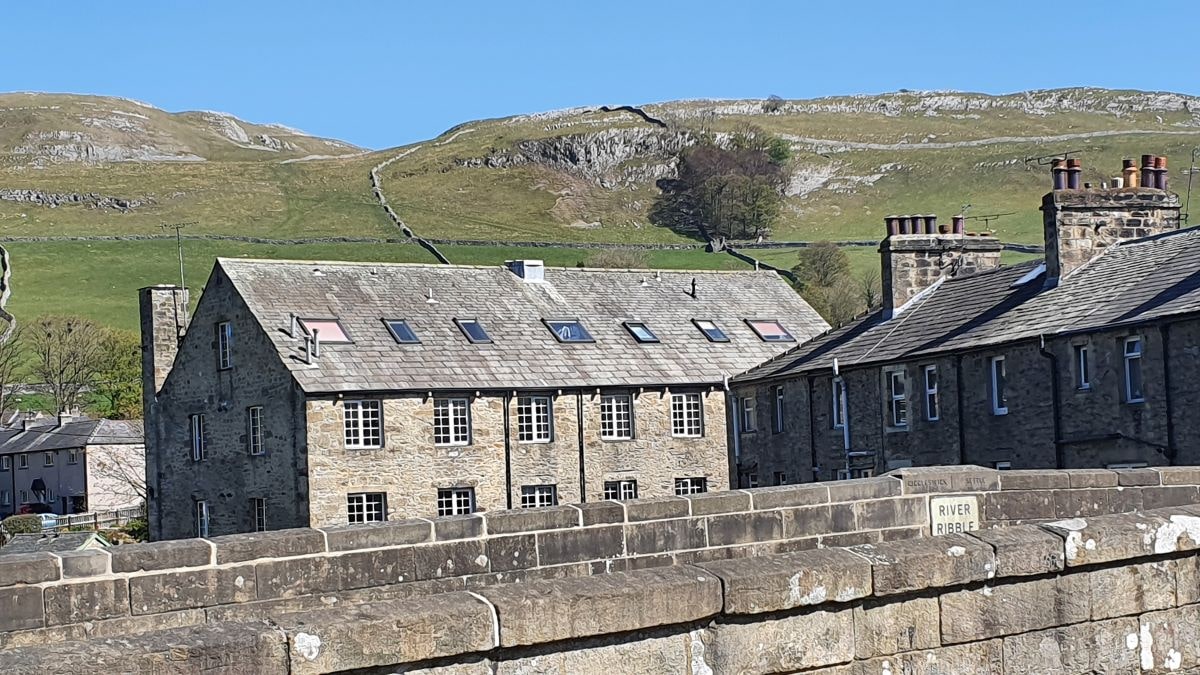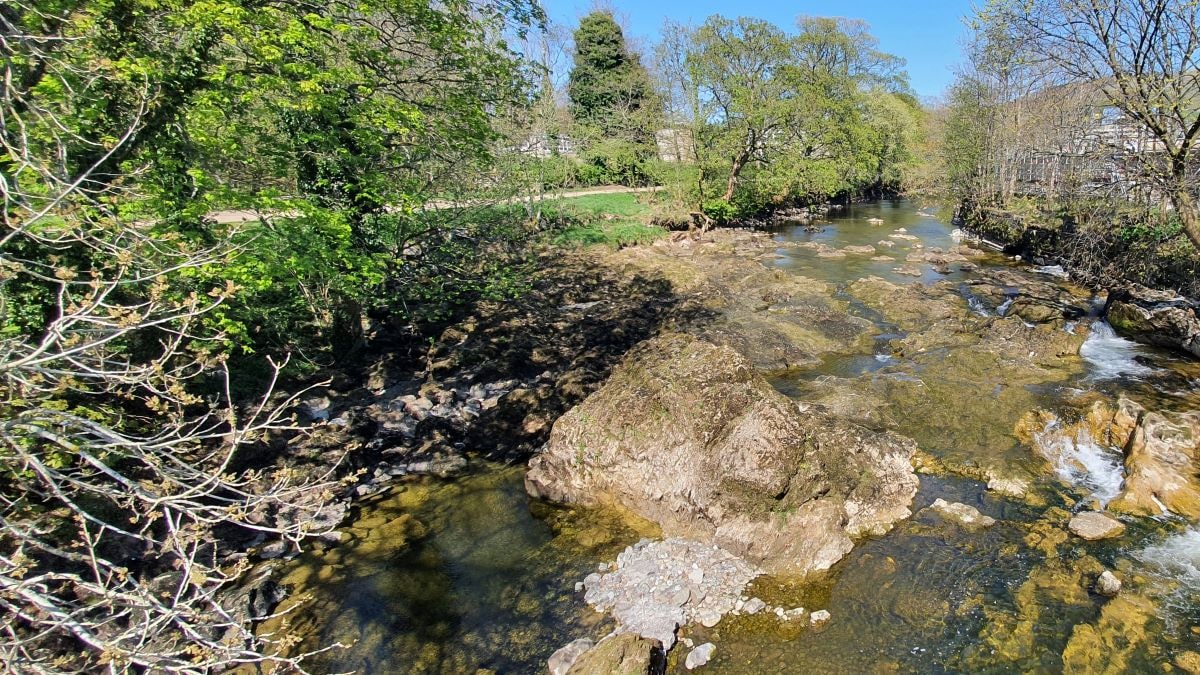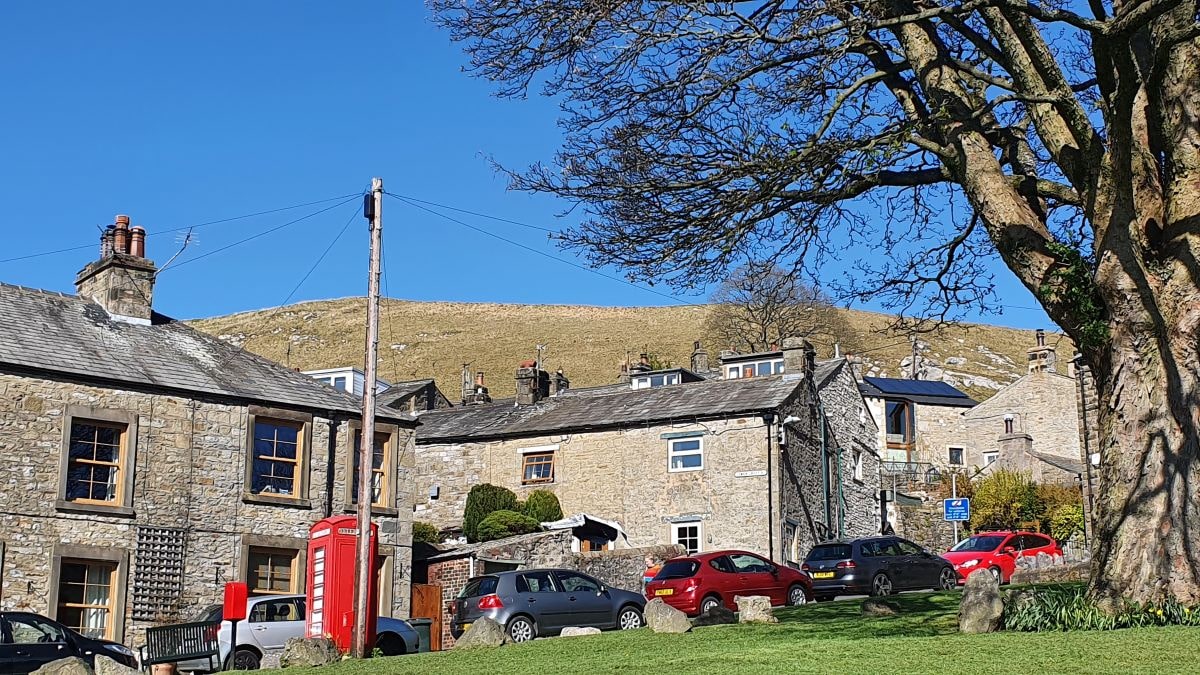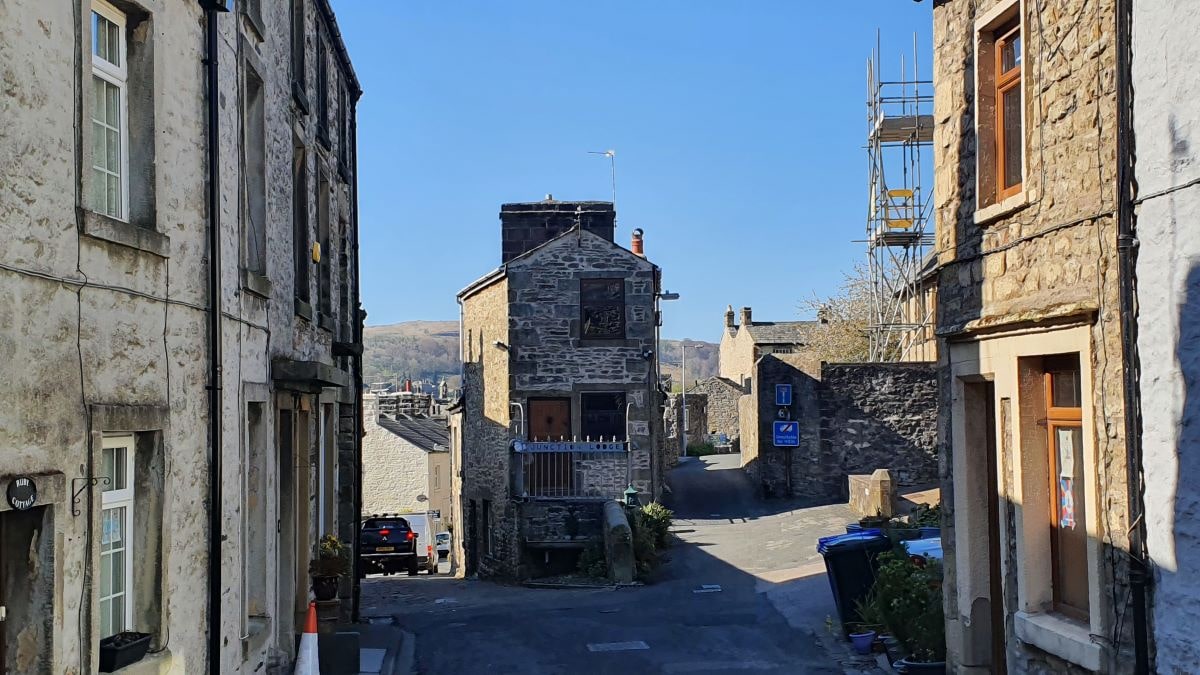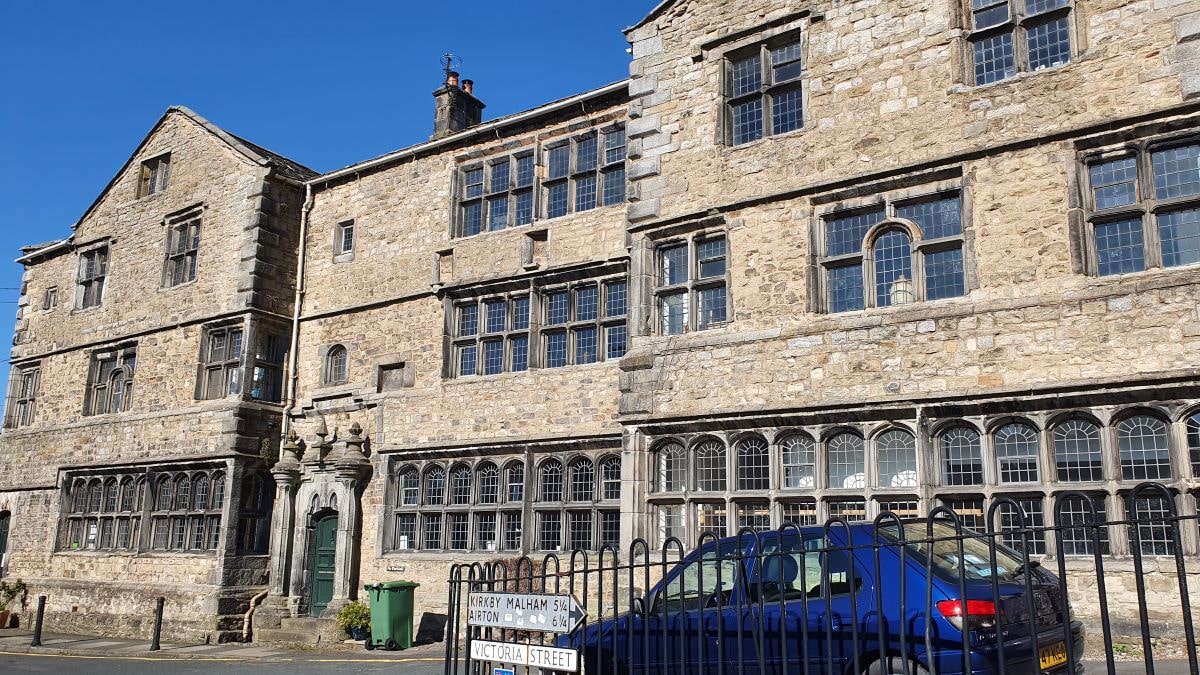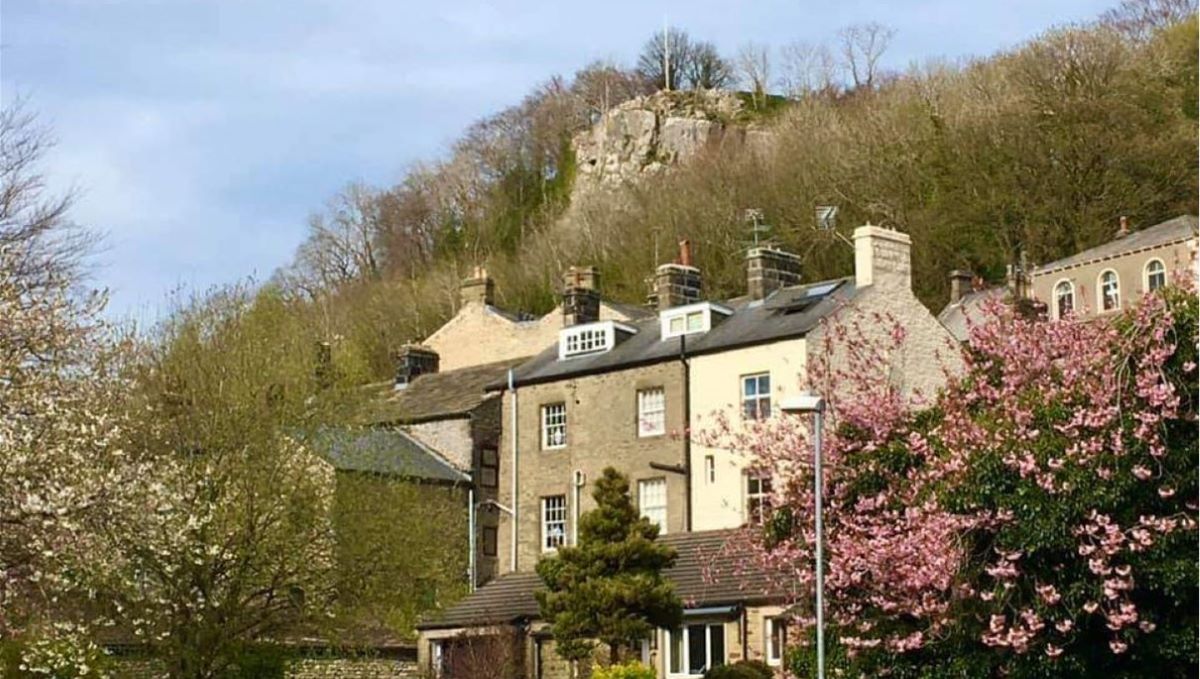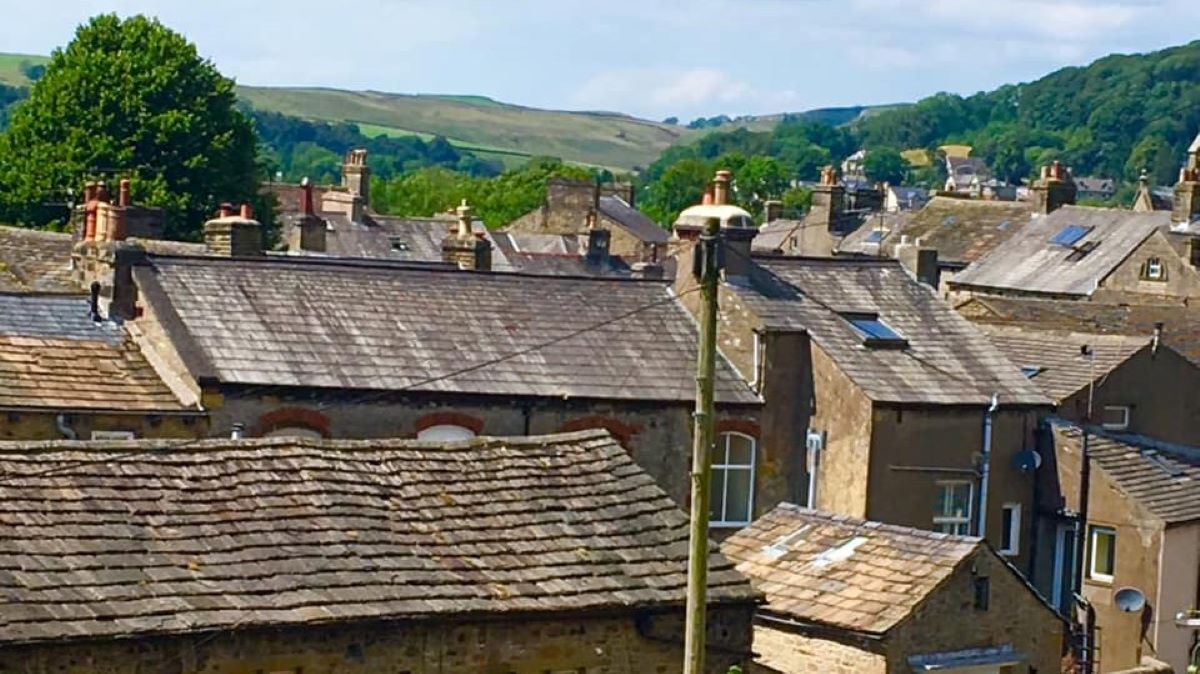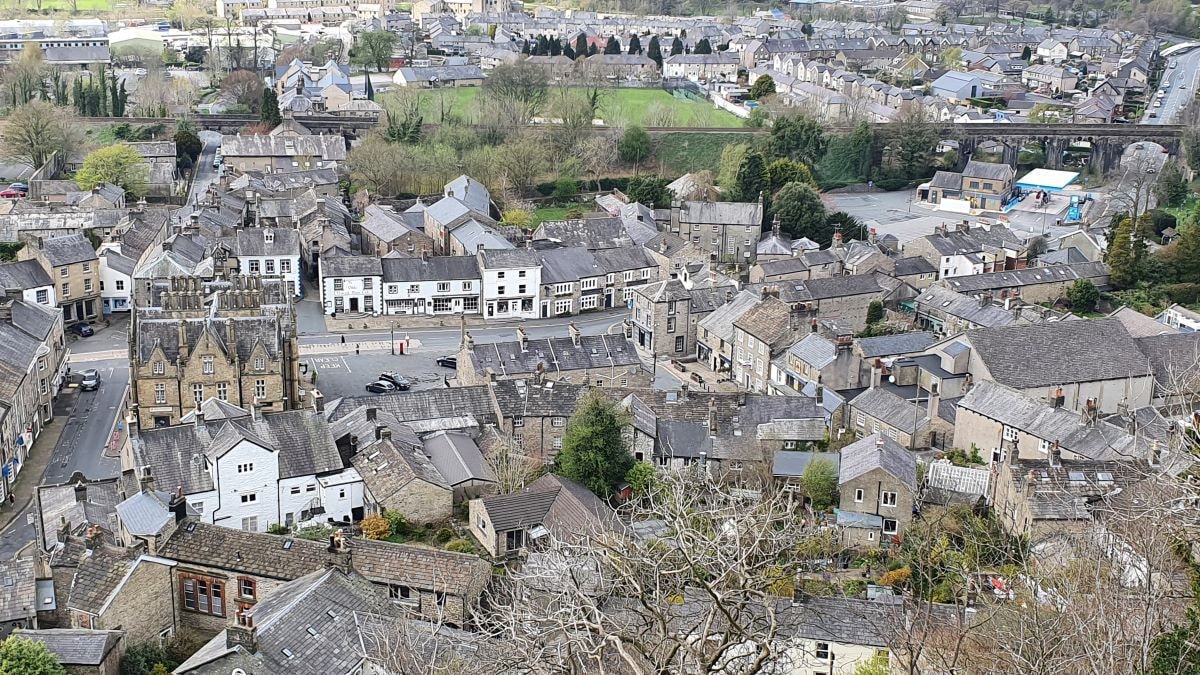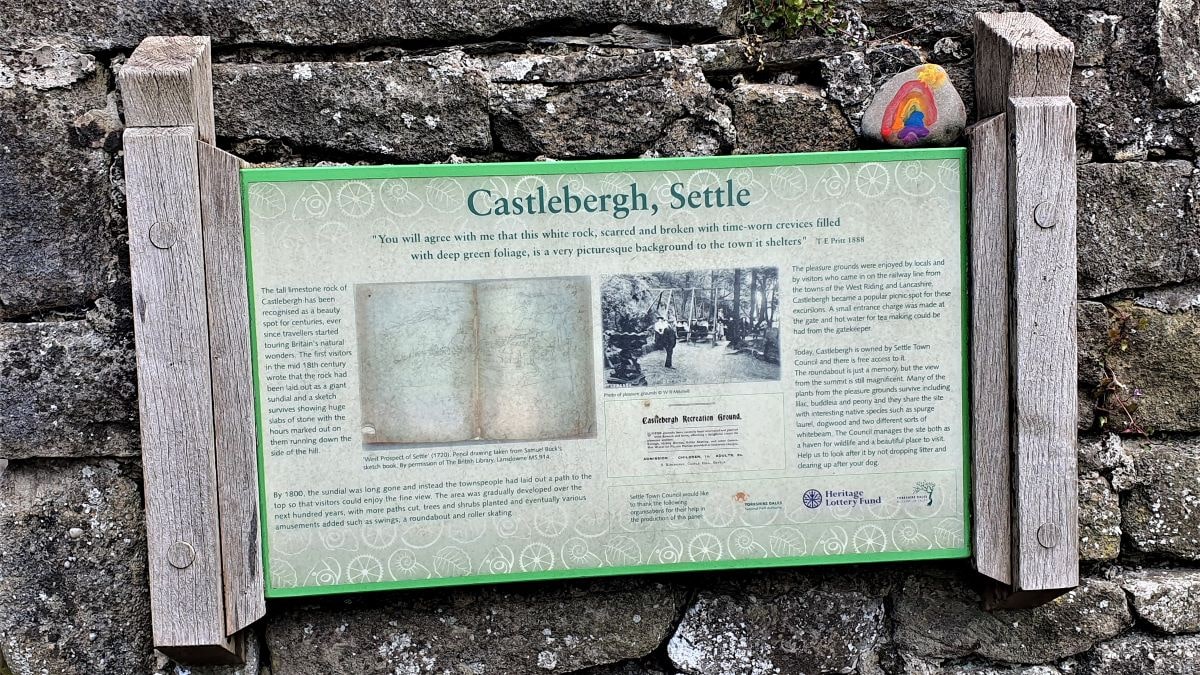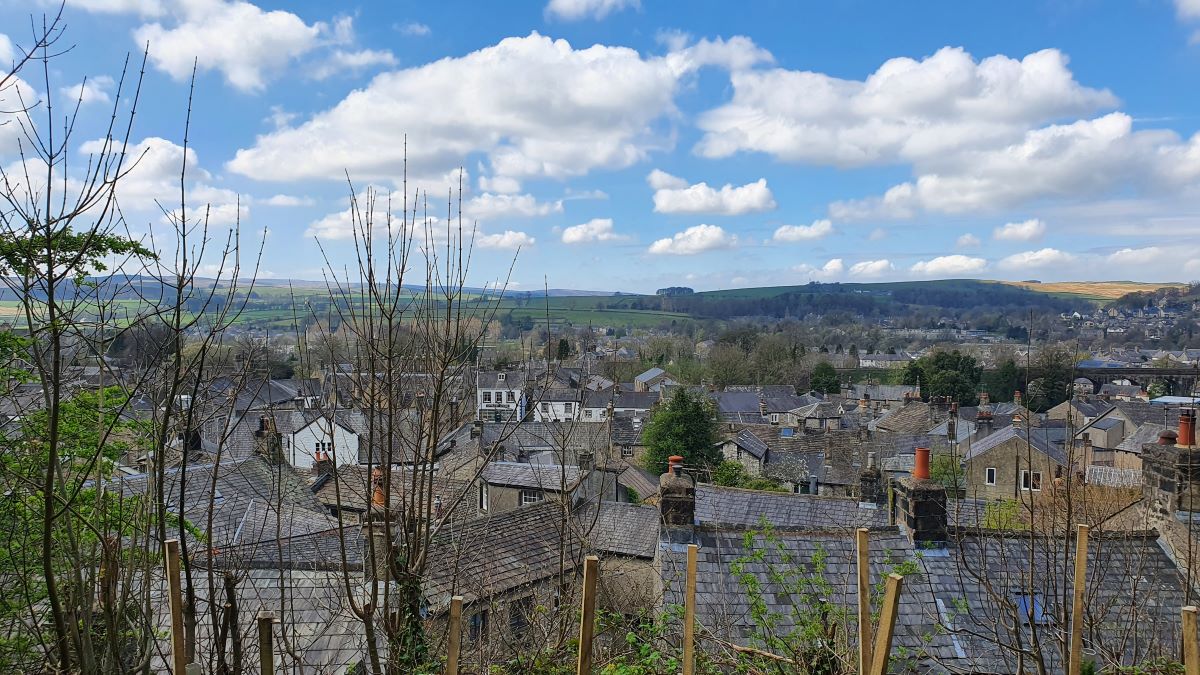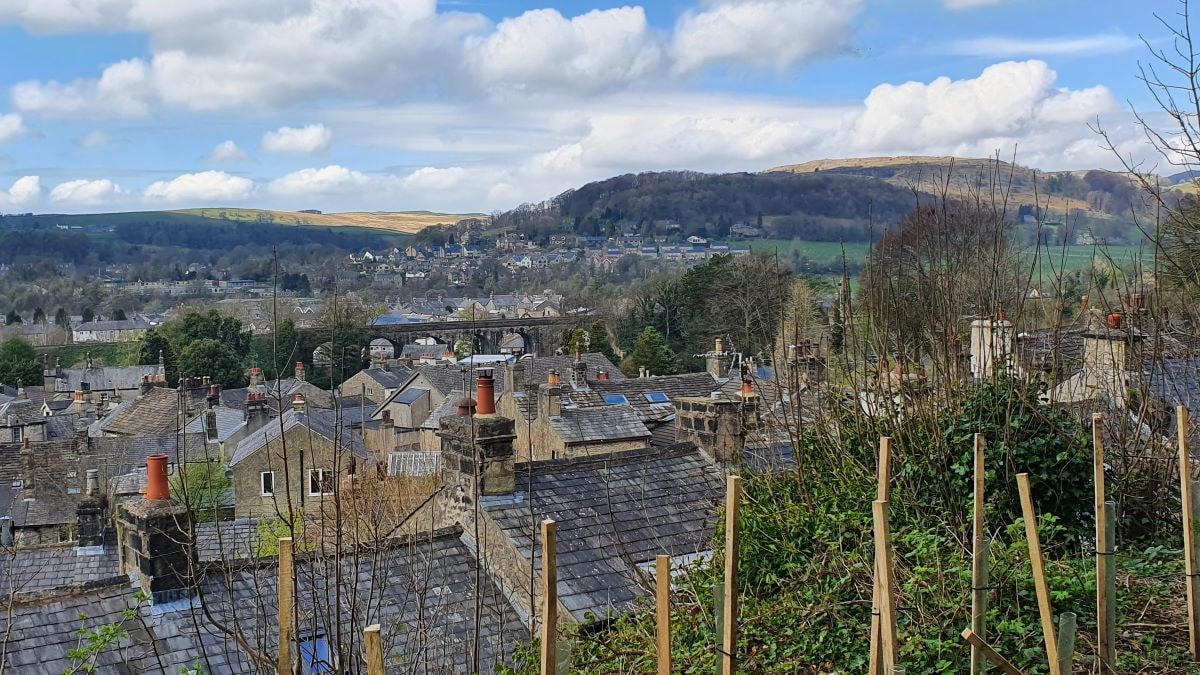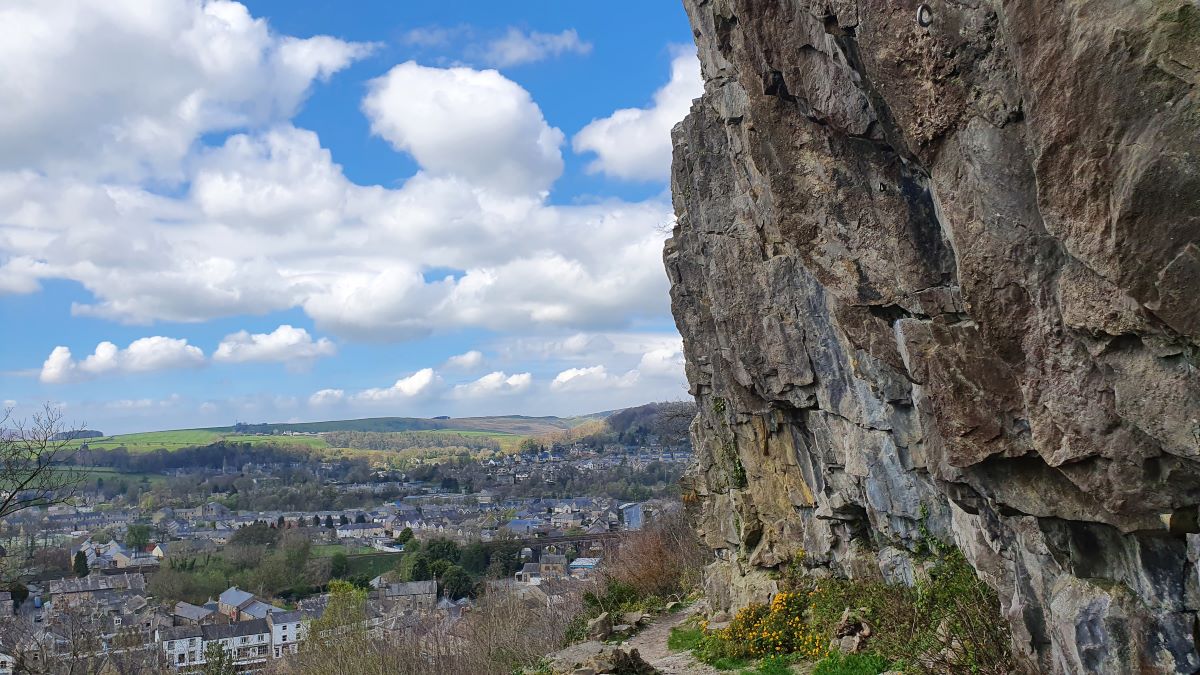Settle
Walk - Discover How Settle Developed
Nestled in spectacular North Yorkshire countryside the small market town of Settle retains a great deal of evidence of its medieval past as well as clues to an even older, ancient history.
Follow the story of Settle’s development by exploring the historic town and its surrounding countryside. Begin with a climb to the Craven Fault to discover a coral reef and a cave used by prehistoric animals. See how the stone walls that cover the hillsides provide evidence of centuries of different farming methods.
The second part of the walk explores the town and its oldest buildings. There you can find out how yeoman farmers diversified and became wealthy. Discover how the Quakers gained commercial control of Settle. Hear about a man who went to church naked and see another naked man in the market square!
This walk, created by local historian Tony Stephens, was a Highly Commended entry in a competition to create a walk organised by the Royal Geographical Society in collaboration with the University of the Third Age.
This walk is available as an attractive 44 page colour booklet from Friends of the Settle-Carlisle Line (at Settle Station), The Museum of North Craven Life at The Folly, Settle Tourist Information Centre.
The walk can be downloaded (Free of Charge!) at www.discoveringbritain.org
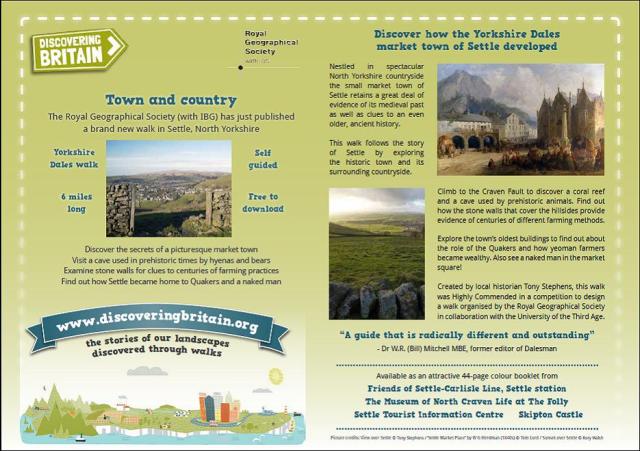
In the early 1800s, Settle became an important town on the Keighley and Kendal Turnpike.
FIND OUT MORE:
